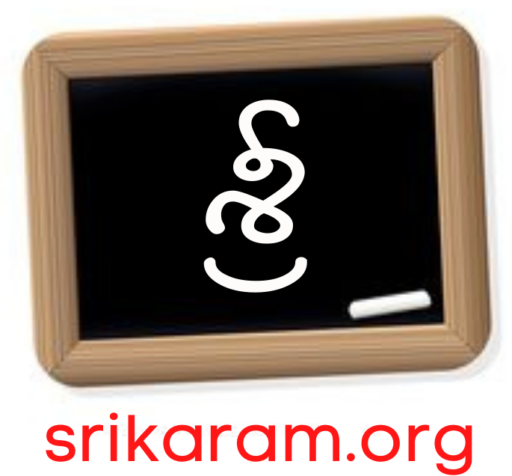The Telugu language is one of the major Dravidian languages spoken in South India. South India, however, is home to several languages, each with its own unique characteristics. The major South Indian languages are Telugu, Tamil, Kannada, and Tulu. Here’s a comparison highlighting the differences between Telugu and other South Indian languages:
**1. ** Language Family
- Telugu: Part of the Dravidian language family, specifically the South Dravidian group.
- Tamil: Also a Dravidian language but belongs to the Southern Dravidian group.
- Kannada: Another Dravidian language, specifically in the South Dravidian group.
- Tulu: Part of the Dravidian family, closely related to Kannada and is also in the Southern Dravidian group.
**2. ** Script
- Telugu: Uses the Telugu script, which is derived from the Brahmi script. It is characterized by its rounded letters and distinct characters.
- Tamil: Uses the Tamil script, which is also derived from Brahmi but is noted for its distinctive angular and vertical lines.
- Kannada: Uses the Kannada script, which is similar to Telugu but has its unique characters and is more rounded compared to Tamil.
- Tulu: Historically used the Tulu script, which is similar to Kannada but less commonly used today. It is primarily written in Kannada script.
**3. ** Phonology
- Telugu: Features a range of retroflex and dental sounds, with a relatively rich set of vowels and consonants. It has a musical intonation in its pronunciation.
- Tamil: Characterized by its absence of retroflex sounds, instead favoring alveolar sounds. Tamil has a distinctive rhythm and pronunciation.
- Kannada: Includes a combination of retroflex, dental, and alveolar sounds, similar to Telugu but with some differences in pronunciation.
- Tulu: Shares many phonological characteristics with Kannada, including retroflex and dental sounds.
**4. ** Grammar
- Telugu: Utilizes a Subject-Object-Verb (SOV) sentence structure. It has complex verb conjugations and a system of noun declensions.
- Tamil: Also follows an SOV structure but has a distinct system of verb conjugations and noun cases. Tamil grammar is known for its extensive use of case markers.
- Kannada: Uses an SOV structure similar to Telugu, with verb conjugations and noun declensions, but has its unique grammatical rules and forms.
- Tulu: Follows an SOV structure but is less inflected compared to Kannada and Telugu. It uses a simpler system of grammatical markers.
**5. ** Vocabulary
- Telugu: Includes a significant number of Sanskrit loanwords due to historical influences. It also has native Dravidian words.
- Tamil: Known for its purist approach to avoiding Sanskrit loanwords, though it has some Sanskrit influence. It heavily relies on native Dravidian roots.
- Kannada: Contains a substantial amount of Sanskrit loanwords and has evolved with considerable influence from both Dravidian and Sanskrit sources.
- Tulu: Has a blend of Dravidian vocabulary with some influence from Kannada and other neighboring languages.
**6. ** Literary Tradition
- Telugu: Has a rich literary tradition with classical poetry, modern novels, and plays. Notable historical figures include Nannaya, Tikkana, and Pothana.
- Tamil: Known for its ancient Sangam literature and classical texts. Key figures include Thiruvalluvar and Subramania Bharati.
- Kannada: Rich in classical literature with notable works by Pampa, Ranna, and modern writers like Kuvempu.
- Tulu: Less prominent in classical literature but has a rich oral tradition and folk literature.
**7. ** Cultural Context
- Telugu: Predominantly spoken in Andhra Pradesh and Telangana. It has a diverse cultural landscape with traditional dance forms, music, and festivals.
- Tamil: Spoken mainly in Tamil Nadu and Sri Lanka. It has a well-established cultural and literary tradition with classical dance (Bharatanatyam) and music (Carnatic music).
- Kannada: Spoken in Karnataka. It has a rich cultural heritage, including classical dance (Yakshagana) and music.
- Tulu: Spoken in parts of Karnataka and Kerala. It has unique cultural practices and folk traditions.
Summary
While Telugu, Tamil, Kannada, and Tulu are all Dravidian languages spoken in South India, they each have distinct scripts, phonological systems, grammatical structures, and cultural contexts. Telugu, specifically, has its unique characteristics but shares some common features with other Dravidian languages due to their historical and linguistic relationships.
